
(image credit: chipotlebreakfast.com)
Sometimes people wonder why a guy who makes a six figure salary will still bother to fill out a form for a free razor, or sign up for a credit card for the $100+ bonus. Well, for one thing it’s a habit leftover from making $15,000 per year. Back then, adding anywhere from $2,000-$5,000 a year to my annual income from various shenanigans was a huge benefit. It allowed me to enjoy niceties like not eating spaghetti three times a week and booking flights to visit my girlfriend (while still paying down student loans).
In this way, I started to correlate little savings with specific things. $5 meant a plate at the Indian food cart or a loaded burrito. So $100 wasn’t just an amorphous $100 to be deposited into a bank and forgotten, it was 20 meals. I’ll do XX for a month of naan & curry!
By extension, creating additional freelance income of $1,000 to me meant a flight + hotel to a new and strange spot in the world I hadn’t been before. For another person, they might think in terms of Lucky jeans, automotive gear, or ski lift tickets. I know this is a consumeristic form of thinking, but you don’t have to spend all the money you make, nor do you have to save all the money you make.
Do you have a form of motivational currency? Or is cash king?
 If you’re like me, you keep receipts to reconcile with your credit card transactions online. If you dine somewhere you leave a tip, you might be wary that the waitperson might alter your tips, either by accident or on purpose. If you just see the total amount charged and lose your receipt, it’s hard to remember what your tip was. Well, I just noticed on an American Express credit card statement that they actually break down the food and tip charges for your convenience.
If you’re like me, you keep receipts to reconcile with your credit card transactions online. If you dine somewhere you leave a tip, you might be wary that the waitperson might alter your tips, either by accident or on purpose. If you just see the total amount charged and lose your receipt, it’s hard to remember what your tip was. Well, I just noticed on an American Express credit card statement that they actually break down the food and tip charges for your convenience.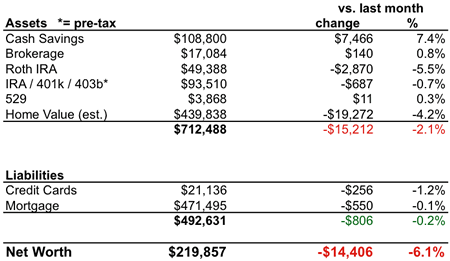
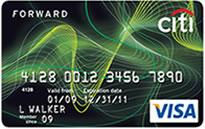 I promised to follow-up on the features of the Citi Forward® Card after getting mine, and am finally getting around to it. Read on to see how you can get a $100 gift card and also 3.45% cash back with this card at restaurants, Amazon.com, and more.
I promised to follow-up on the features of the Citi Forward® Card after getting mine, and am finally getting around to it. Read on to see how you can get a $100 gift card and also 3.45% cash back with this card at restaurants, Amazon.com, and more.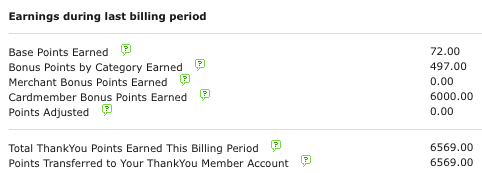
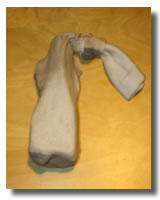 This might be completely obvious to others, and I’m probably opening myself to ridicule, but I only recently discovered it and find it awesome. If you have dog that like to chew things, many of those fancy plush squeak toys last about a day. But if you take an empty plastic water bottle, slip in inside an old sock, and tie off the end, you now have an endless supply of free dog toys!
This might be completely obvious to others, and I’m probably opening myself to ridicule, but I only recently discovered it and find it awesome. If you have dog that like to chew things, many of those fancy plush squeak toys last about a day. But if you take an empty plastic water bottle, slip in inside an old sock, and tie off the end, you now have an endless supply of free dog toys!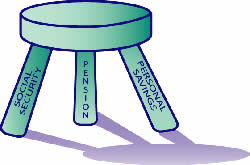
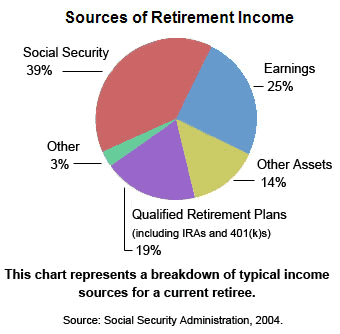
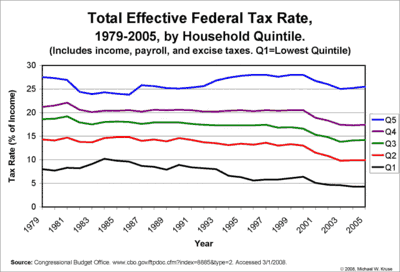
 The Best Credit Card Bonus Offers – May 2024
The Best Credit Card Bonus Offers – May 2024 Big List of Free Stocks from Brokerage Apps
Big List of Free Stocks from Brokerage Apps Best Interest Rates on Cash - May 2024
Best Interest Rates on Cash - May 2024 Free Credit Scores x 3 + Free Credit Monitoring
Free Credit Scores x 3 + Free Credit Monitoring Best No Fee 0% APR Balance Transfer Offers
Best No Fee 0% APR Balance Transfer Offers Little-Known Cellular Data Plans That Can Save Big Money
Little-Known Cellular Data Plans That Can Save Big Money How To Haggle Your Cable or Direct TV Bill
How To Haggle Your Cable or Direct TV Bill Big List of Free Consumer Data Reports (Credit, Rent, Work)
Big List of Free Consumer Data Reports (Credit, Rent, Work)